Affiliate links on Android Authority may earn us a commission. Learn more.
Android Authority's big book of (almost) every smartphone first!
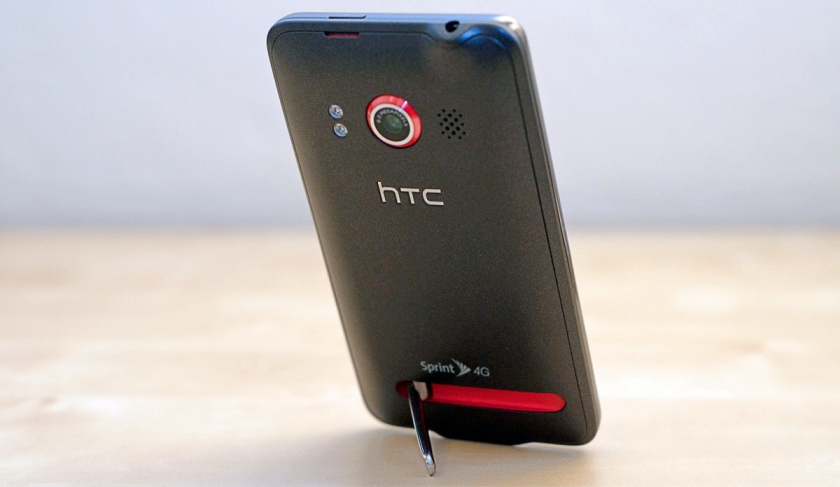
With this new emphasis on being first to market with a product, we thought it would be fun to take a look a bunch of other smartphone firsts. For the purposes of this list, we’re drawing a distinction between mobile and smartphone devices here. Mobile devices include non-phone devices like PDAs, and many PDAs were doing things like browsing the web long before smartphones. We wanted to focus entirely on smartphones, without anything else getting in the way.
Here are a whole bunch of smartphone hardware firsts — maybe we’ll do a software version in the future.
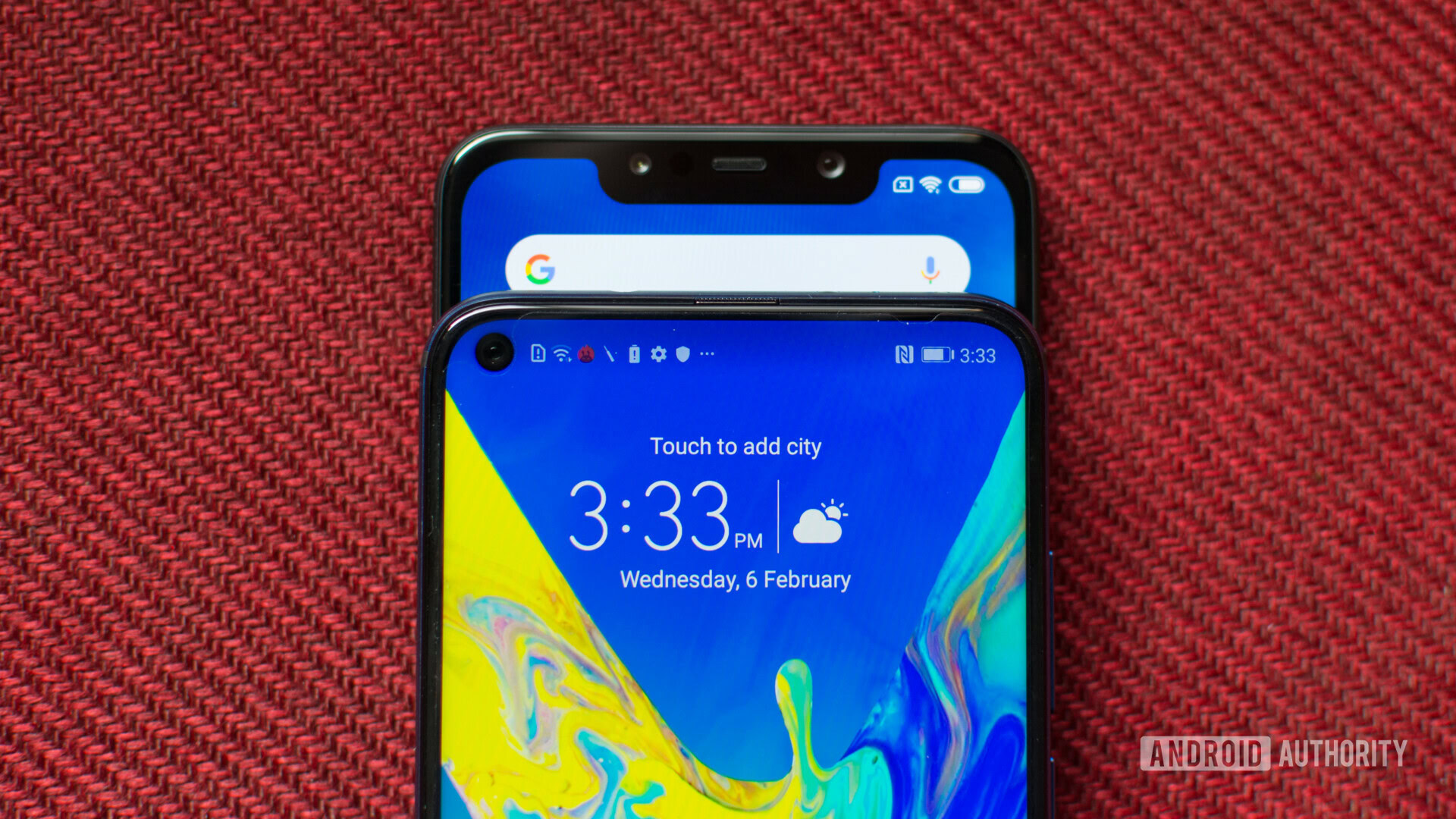
What is a first?
One of the biggest challenges with this list was deciding what constituted as a first. Some believe an announcement is enough, while others believe a device has to hit the market to get the title. The rule we went with is announced phones get first, but only if they eventually made it to consumer market. Prototype phones, concept phones, and phones not available to the public do not count.
What makes it even more difficult is that many specific release dates and announcement dates don’t exist for older devices. For instance, the Samsung D720 (not to be confused with the SPH-D720, or the Nexus S 4G) launched sometime in 2005. Some sources say it launched in Q1 2005 and some say July 2005. We tried to be as exact as we could, but the lack of Internet record keeping in the early 2000’s made it tougher for older devices. If you spot an error, leave a comment with a source link and we’ll fix it.
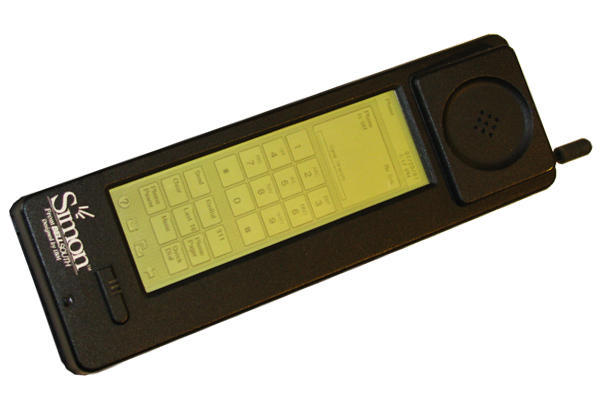
Early Firsts
The early firsts are the big announcements like the first smartphone, the first phone to browse the web, or the first modern smartphone. These are the landmark releases that helped define the generation.
The idea of the smartphone (1926-1968): The story goes that Nikola Tesla described the basic idea of the modern smartphone all the way back in 1926. In 1968, Theodore Paraskevakos began developing methods to transmit data through telephone lines. He demonstrated such a device in 1971 while working at Boeing.
First smartphone (1994): The first smartphone prototype was the Angler by Frank Canova. It became the IBM Simon Personal Communicator, which officially launched in 1994. The device made phone calls as well as sent and received faxes, emails, and pages. It cost $899 ($1,435 when adjusted for inflation). It had a touchscreen and a stylus, making it the first smartphone with those features as well.
Ericsson R380 (the other first smartphone)(2001): This was the first smartphone marketed and sold as a smartphone. It ran a Symbian-based OS.
The first modern smartphone (2007): This is a tough one because some believe the modern smartphone era started at different times. Most credit the original iPhone back in 2007 with catapulting smartphones into the modern era and we believe that to be accurate. However, we’ll still give honorable mentions to Blackberry along with the HTC Touch.
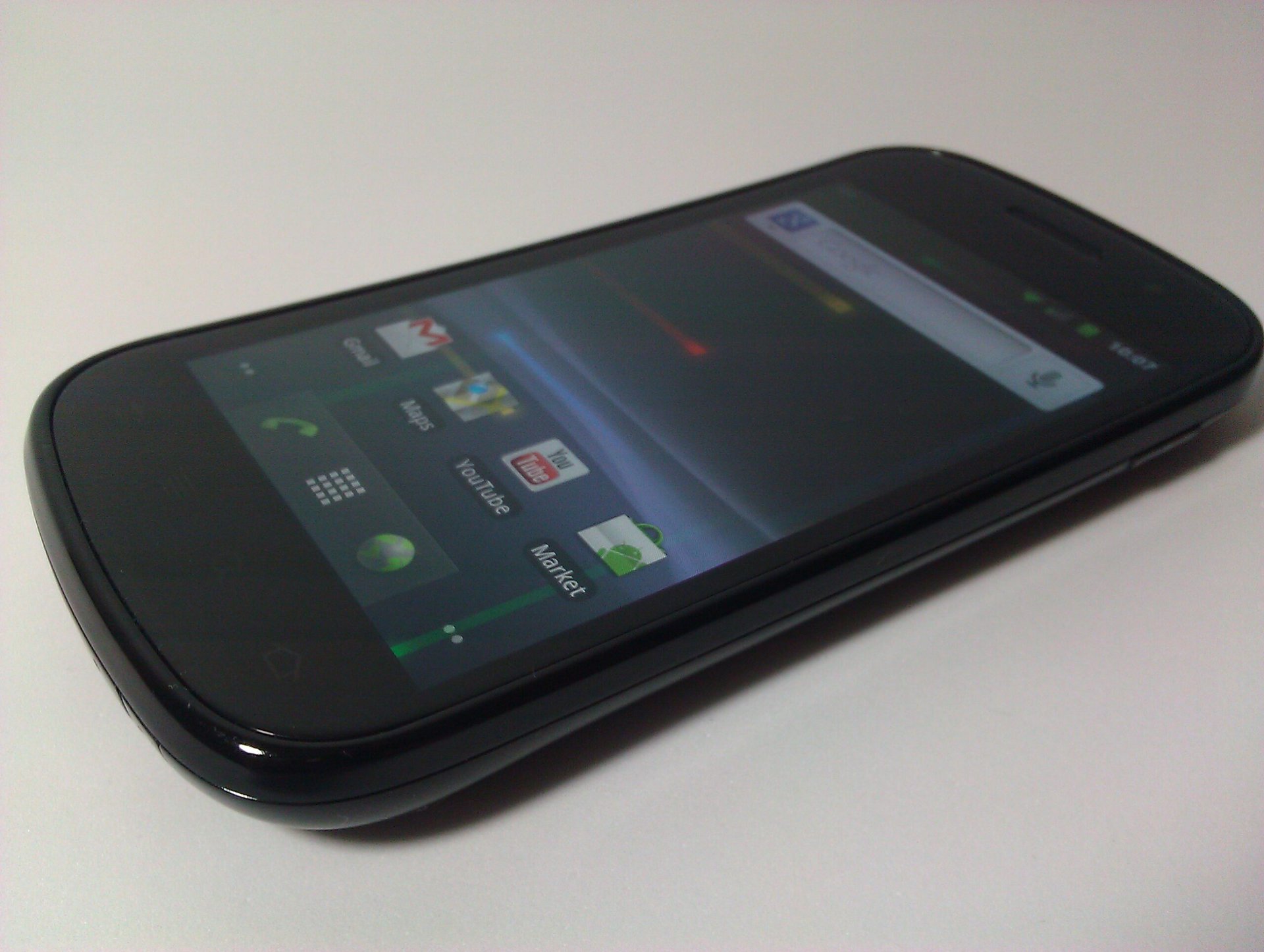
Wi-Fi, mobile data, and connectivity firsts
Connectivity firsts dominated the early days of the smartphone. Most of this innovation took place before the first iPhone. Unfortunately, due to poor record keeping and a lack of interest in the smartphone field at the time, we don’t know lot of exact dates anymore. This information was surprisingly difficult to find. If we made any mistakes, please leave a comment with a source and let us know so we can fix it!
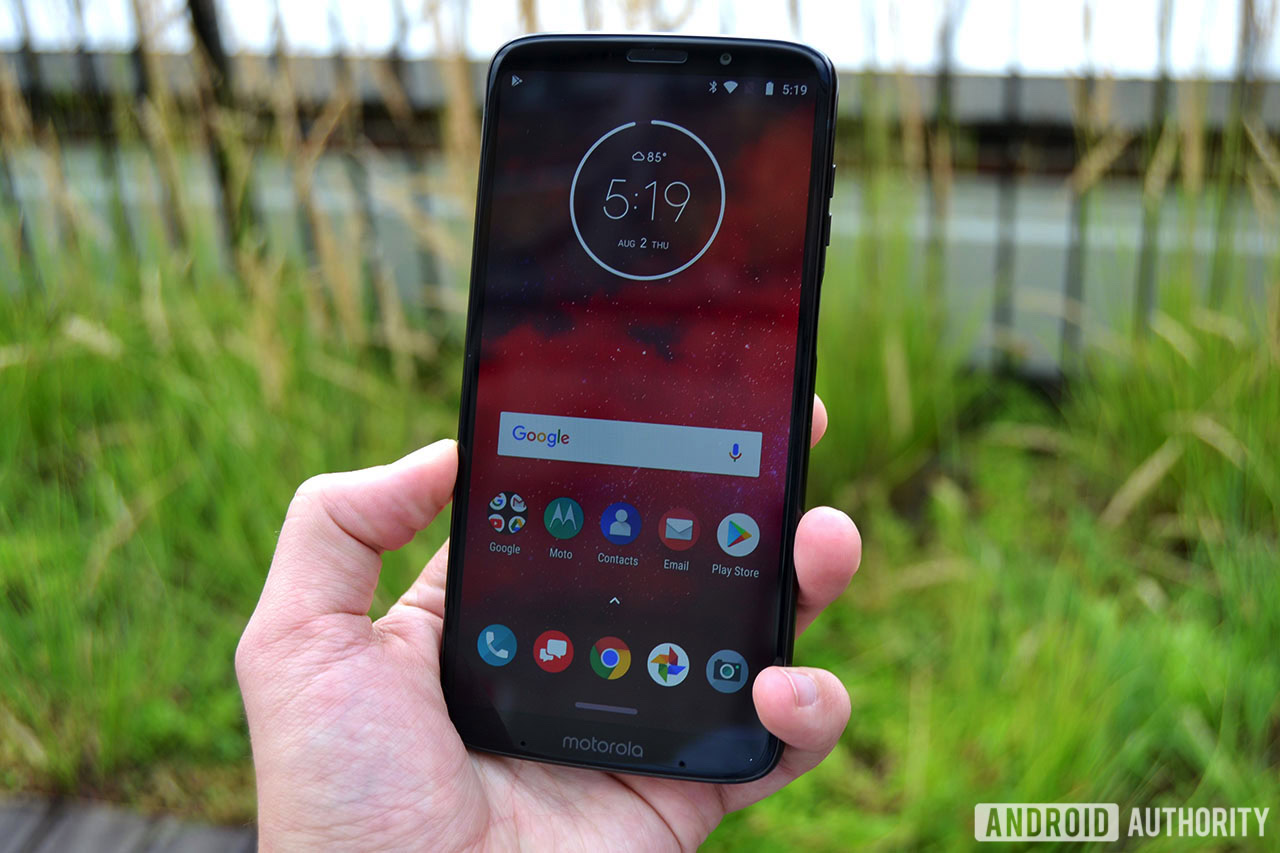
Mobile data connectivity
3G (2003): The first 3G smartphone was very likely the Motorola A920. The first 3G mobile phone was either the Nokia 6650 or the Motorola A820.
4G (2008-2010): The first 4G smartphone was the HTC Max 4G, which launched exclusively in Russia on the Yota network in 2008. Two years later, the HTC EVO 4G launched on Sprint as the first 4G smartphone in the U.S. Both phones used WiMAX 4G technology. The first 4G LTE device was the Samsung Galaxy Indulge on the MetroPCS network.
5G (2018-2019): 5G is an interesting case. The Moto Z3 has a Moto Mod with 5G and so technically, it’s the first phone with 5G compatibility. However, it requires a dongle and it doesn’t have native support. The first phone officially announced (the keyword here is announced) with native 5G support is the Samsung Galaxy S10 5G in February 2019.
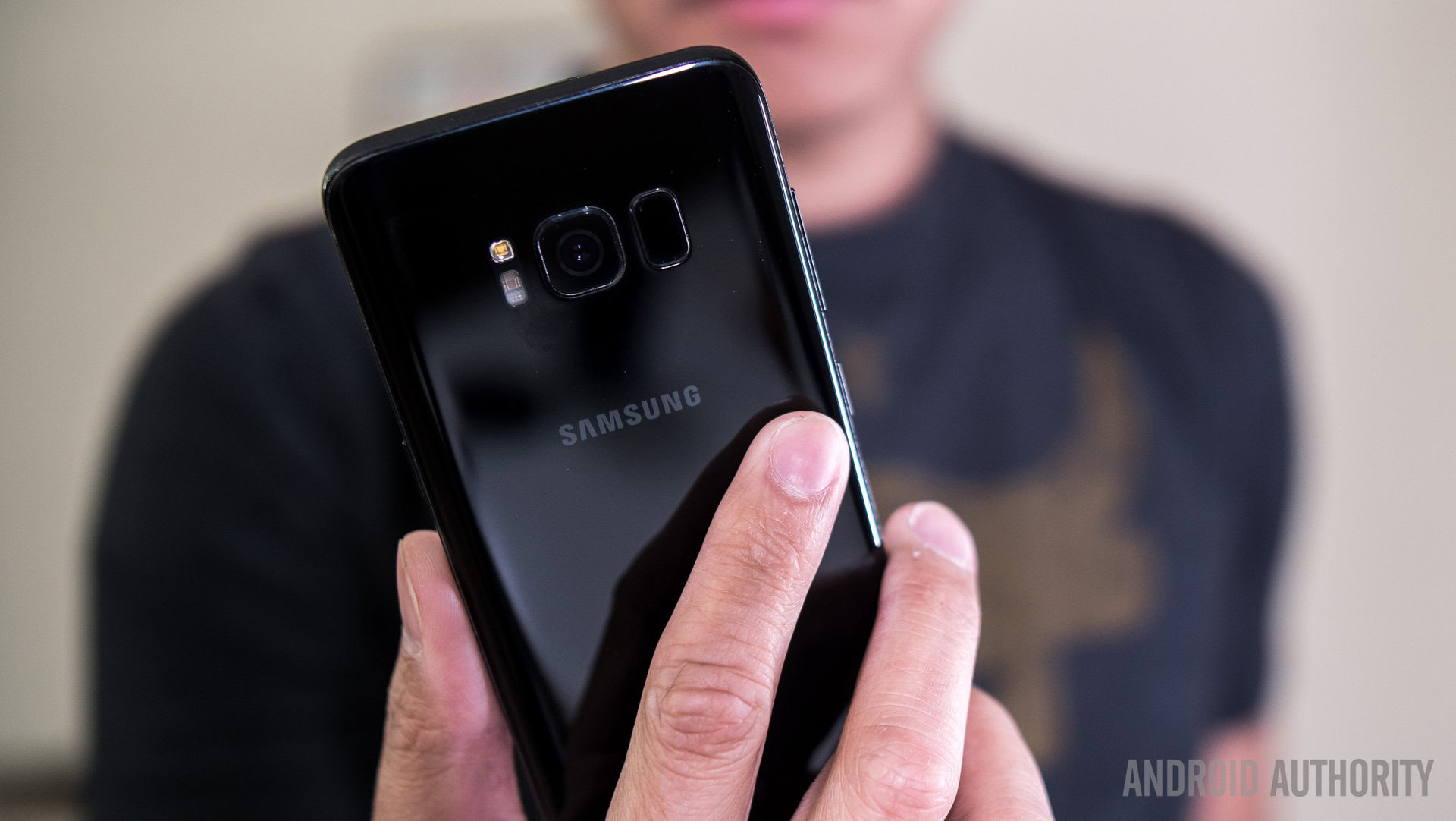
Bluetooth connectivity
Bluetooth (2000-2002): The first phone with Bluetooth was the Sony Ericsson T36. We believe either the Audiovox Thera (Toshiba 2032) or Nokia 7650 are the first smartphone with Bluetooth. Both phones launched in 2002, but the Nokia 7650 launched in Q1, so we’re leaning more towards that.
Bluetooth 2.0 (2005): Bluetooth 2.0 officially launched in 2004. In Q1 of 2005, Samsung launched the D720 and the i750, both smartphones with Bluetooth 2.0. This is the earliest reference to Bluetooth 2.0 in a smartphone we could find. The Sony Ericsson P990 was the only other smartphone in 2005 with Bluetooth 2.0, so it was one of those three.
Bluetooth 3.0 (2010): The first smartphone with Bluetooth 3.0 was most likely the Samsung Wave, a Bada OS smartphone from 2010.
Bluetooth 4.0 (2011): The first smartphone with Bluetooth 4.0 support was the iPhone 4S in 2011.
Bluetooth 5.0 (2017): Samsung earned points for the first Bluetooth 5.0 smartphone with the Samsung Galaxy S8 in 2017. However, some problems prevented actually using many Bluetooth 5.0 technologies.
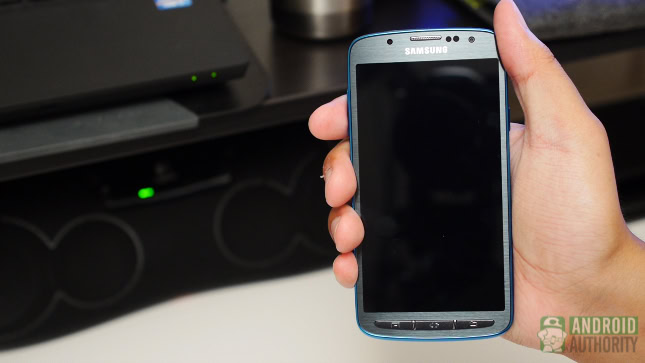
Wi-Fi connectivity
Wi-Fi and 802.11b (2004): This one is a little difficult to pin down as well. We believe the first phone certified with Wi-Fi (802.11b) was the HP iPAQ h6315. However, the Nokia 9500 Communicator, BenQ P50, and the Motorola MPx all had Q1 2004 announcement dates, and all them had a Wi-Fi connection too.
802.11g (2005): We’re relatively certain the first 802.11g phone was the UTStarcom F1000. That same year, the HTC Wizard with Windows Pocket PC launched with 802.11g support as well and they were the only two smartphones we found in 2005 with the feature. We found a reference design by Phillips with 802.11g support in early 2005 as well.
802.11n (2010): This one was a little bit tricky. The earliest announcement we could find was for the Samsung Wave, the same Bada smartphone that claimed first with Bluetooth 3.0 support. Less than a month later, the Samsung Galaxy S came out with 802.11n support along with almost a dozen other devices.
802.11ac (2013): According to what we’ve been able to find, the Samsung Mega and Samsung Galaxy S4 Active were the first smartphones with 802.11ac support.
802.11ad (2017): ASUS had the first phone with 802.11ad support with the ASUS Zenfone 4. It’s also the first device to support WiGig technology.
Wi-Fi 6 (2019): The first phone in the world with Wi-Fi 6 support is the Samsung Galaxy S10 and S10 Plus, announced in February 2019. This is also the first Wi-Fi standard without the boring 802.11 name tag.
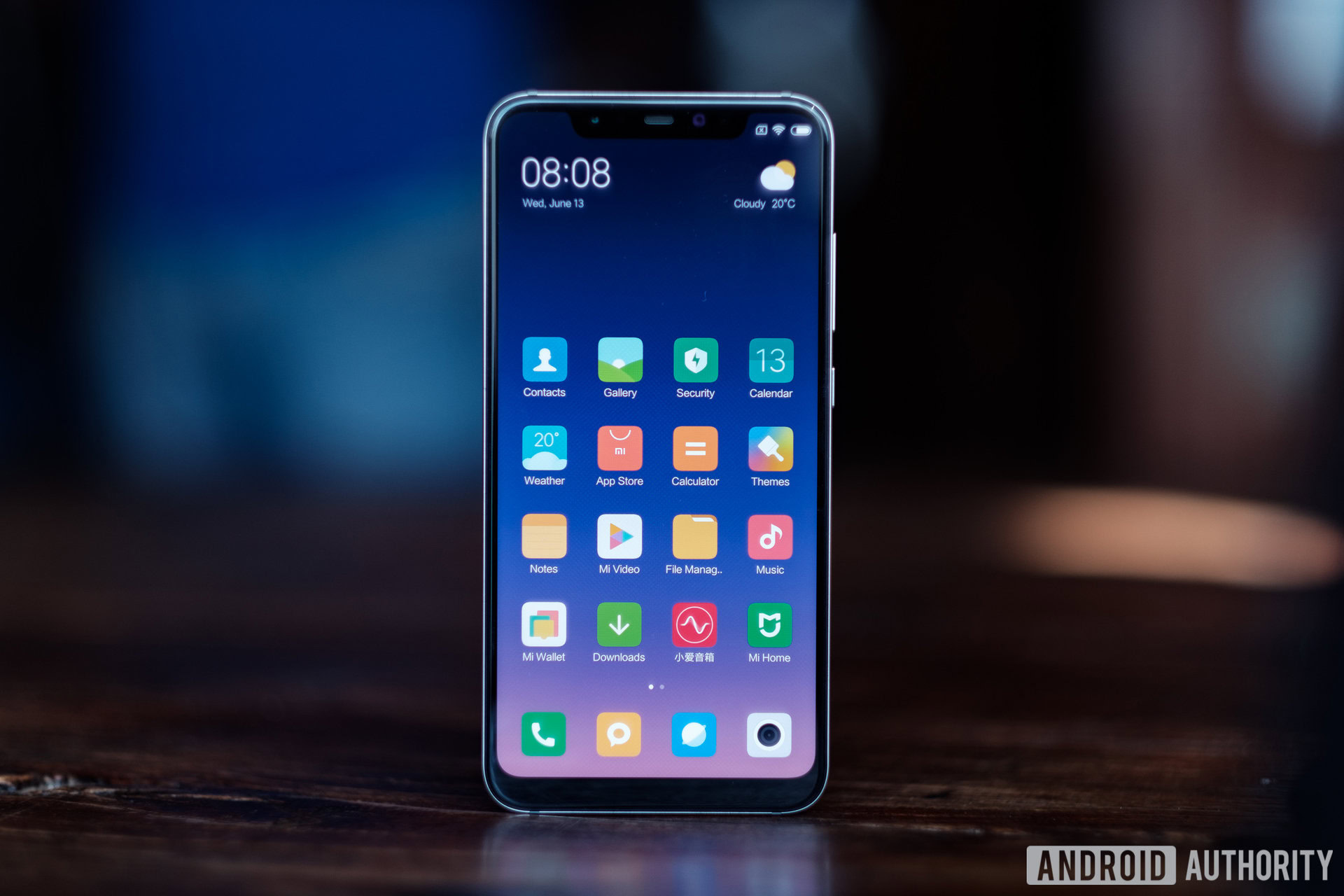
Miscellaneous connectivity
Internet browser access (1994-1996): This one is a bit tricky. The Nokia 9000 Communicator was the first smartphone with a web browser in 1996, but it was text only. If we’re counting PDAs, the Apple Newton could browse the web in 1994.
NFC (2006-2010): The first mobile phone with NFC was the Nokia 6131 in 2006, but the 2010 Nokia C7-00 was the first smartphone with it. The Nexus S swiftly followed two months later, and the Samsung Galaxy S II hit in early 2011.
GPS (1999-2003): The first mobile phone with GPS was the Benefon Esc in 1999. As per the norm, pinning down the first smartphone with the feature was difficult. However, the Motorola A925 and A920 were both launched in 2003 with GPS. That’s the earliest we could find.
Dual-frequency GPS (2018): This relatively new technology was originally developed by Broadcom. The Xiaomi Mi 8 is the first phone with it.
Micro-SIM (2010): The iPhone 4 was the first smartphone with a Micro SIM. The first ever consumer tech with it was the iPad. Apple was all over the Micro SIM technology.
Nano SIM (2012): Apple continued the trend in 2012 with the iPhone 5. It was the first to use Nano-SIM technology.
eSIM (2017): The Google Pixel 2 and 2 XL were the first devices with eSIM technology. This is the latest in SIM tech currently.
Dual SIM (2010-2011): Dual SIM hit the smartphone world quietly, so there isn’t much information about it. However, the earliest smartphone we could find with it was the Gigabyte GSmart G1317 Rola, an Android smartphone.
Triple SIM (2013): Yes, there are triple SIM smartphones on the market. The LG Optimus L4 II Tri E470 was the first one. It launched in late 2013.
Quad SIM (2013): There are actually Quad SIM phones in the wild. However, none of them are smartphones. For now, it seems like the LG C299 was the first feature phone with Quad SIM, but that’s as far as we could go.
USB-C (2015): The first USB-C smartphone was reportedly these three devices LeEco (formerly LeTV). However, the tech was available on a Chromebook, a tablet, and a MacBook before it showed up on smartphones.
3.5mm port (headphone jack)(2005): Headphone jacks weren’t originally standard fair on smartphones. We were relatively certain the first was the Nokia 3250 back in 2005. However, our comment section found the Nokia N91, which launched with the feature a mere five months earlier. Thank you to mrochester in the comments for the assist.
3.5mm removal (2012): The first OEM to remove the headphone jack from a smartphone was OPPO with the OPPO Finder back in July of 2012. Apple wouldn’t popularize the headphone jack removal for another four years with the 2016 release of the iPhone 7.
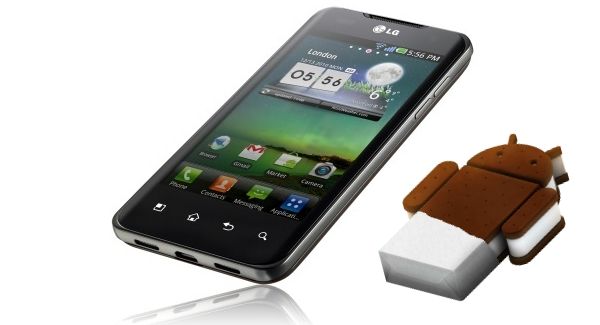
Specs
Innovation in specs landscape is slowing down a little bit. Processors these days have minor improvements instead of major changes and we’re on a rather calm pace compared to years ago. Thankfully, this information is a little more readily available than the previous category since a lot of the spec races took place after 2010 when mobile phone blogs actually existed and started documenting this stuff with more regularity.
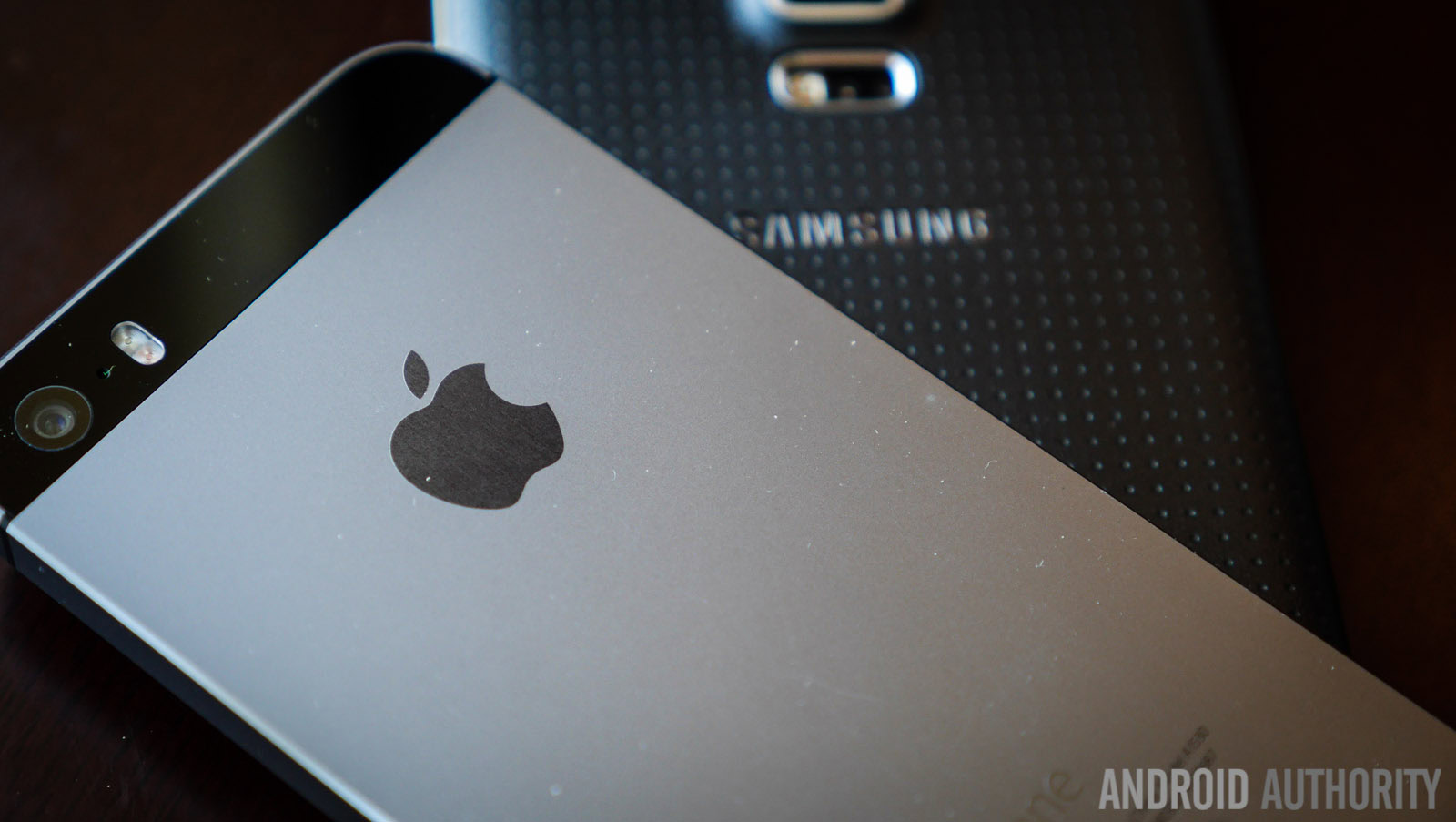
Chipsets
Single core processor (1994): Almost all smartphones ran single core processors before dual-core processors came out. This one is kind of easy to guess, just look at the first smartphone.
Dual core processor (2004-2011): This one is actually really interesting. The Guinness Book of World Records says the LG Optimus 2X was the first smartphone with a true dual core processor. However, the Motorola A925 launched in 2003 with a TI OMAP 1510 with what Texas Instruments called a dual core processor. It really depends on how fast and loose you want to be in defining a dual-core processor, and whether or not marketing materials are taken into consideration.
Quad core processor (2011-2012): Quad core processors are another interesting case. The LG Optimus 4X was the first phone announced with a quad core processor. However, the HTC One X beat it to market by two months.
Six core processor (2014): Exactly eight smartphones launched in 2014 with a six-core processor. The first among them was the Samsung Galaxy Note 3 Neo in February. Interestingly, six-core devices came after eight-core devices.
Eight core processor (2013): Roughly six or so devices launched in 2013 with an eight core processor. The Samsung Galaxy S4 launched in April, making it the first consumer level device we could find with an eight core processor. However, there is some debate here. The Galaxy S4 used the big.LITTLE architecture with four fast cores and four power efficient cores, which made it the first heterogeneous octa core CPU. The first smartphone to use all eight cores evenly (a homogeneous octa core CPU) was reportedly the UMI X2S in China. Both phones launched in 2013, but the big.LITTLE architecture eventually became the norm and are what most smartphones use today.
64-bit chipset (2013): This one is pretty cut and dry. The Apple iPhone 5S had the first 64-bit CPU in a smartphone. Following that, the HTC Desire 510 had the first 64-bit quad-core CPU, and the HTCDesire 820 had the first 64-bit octa-core chipset.
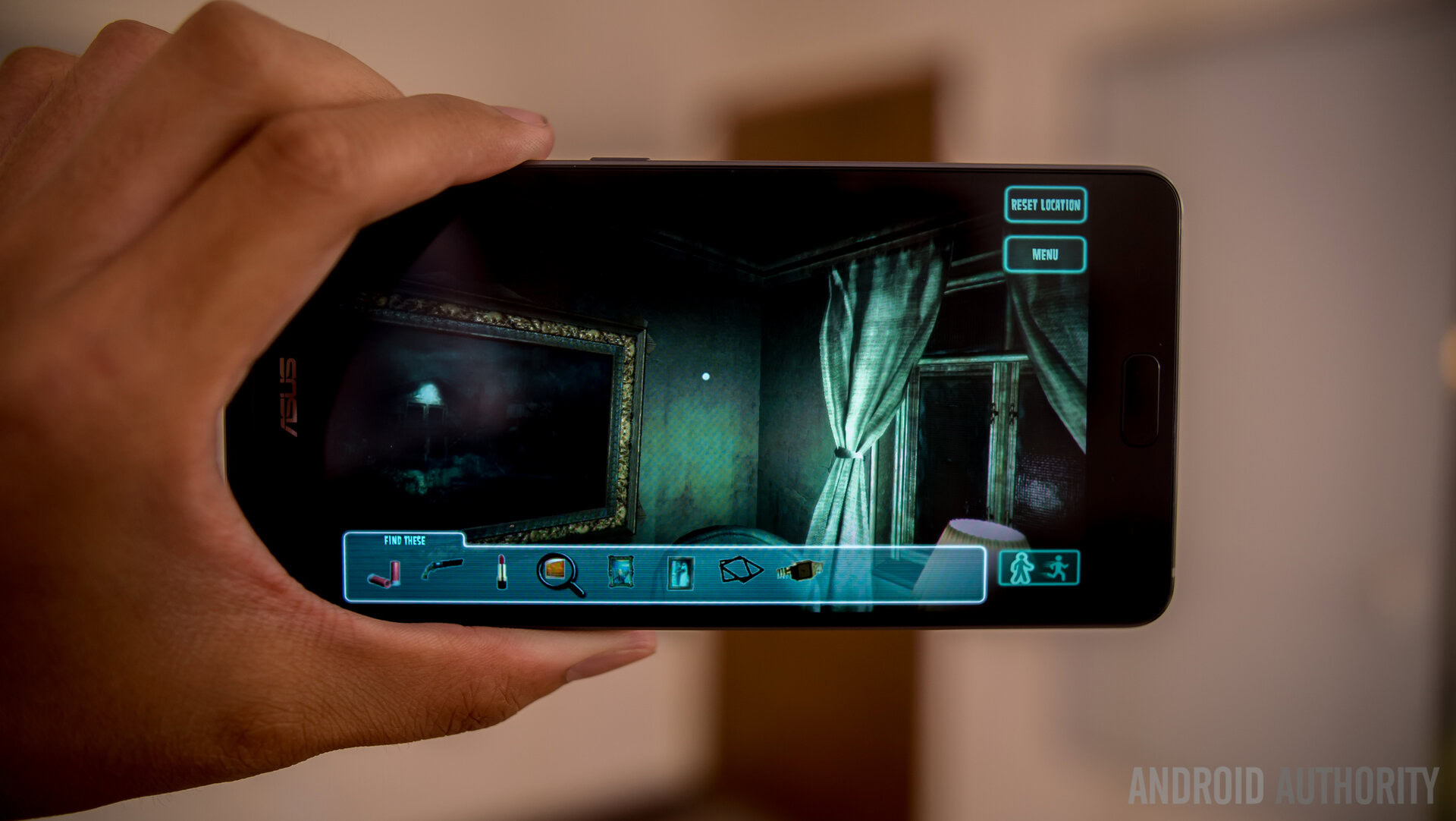
RAM
DDR3 RAM(2013): We couldn’t find a lot about DDR3 RAM. However, Samsung was among the first manufacturers to produce it and the Samsung Galaxy S4 was the earliest phone with confirmed DDR3 memory we could find.
DDR4 RAM (2015): The first phone with DDR4 RAM was the LG G Flex 2 back in 2015.
1GB RAM (2011): It was widely reported the Motorola Atrix 4G was the first smartphone with 1GB of RAM.
2GB RAM (2012): The first phone announced with 2GB of RAM was the LG Optimus LTE2.
3GB RAM (2013): LG very nearly had this one with the LG G2. However, the Samsung Galaxy Note 3 won the race to 3GB of RAM.
4GB RAM (2015): ASUS announced the Zenfone 2 at CES in 2015, it launched a few months later. It was the first with 4GB of RAM.
6GB RAM (2016): The first smartphone to ship with 6GB of RAM was the vivo Xplay 5 in 2016.
8GB RAM (2017): The ASUS Zenfone AR was the first phone to sport 8GB of RAM in early 2017.
10GB RAM (2018): The Black Shark Helo holds the honor of the first phone with 10GB of RAM.
12GB RAM (2019): 12GB of RAM seems to be the ceiling for RAM right now. The Lenovo Z5 Pro GT was announced with 12GB of RAM in late 2018, launched in January 2019, and has the world’s first 12GB of RAM in a phone. The Samsung Galaxy Fold was announced in 2019 with that much as well. Additionally, the Samsung Galaxy S10 has that much as well.
16GB RAM (2020): It was only a matter of time, frankly. The Samsung Galaxy S20 Ultra was the first smartphone with laptop levels of RAM and it launched in February of 2020.
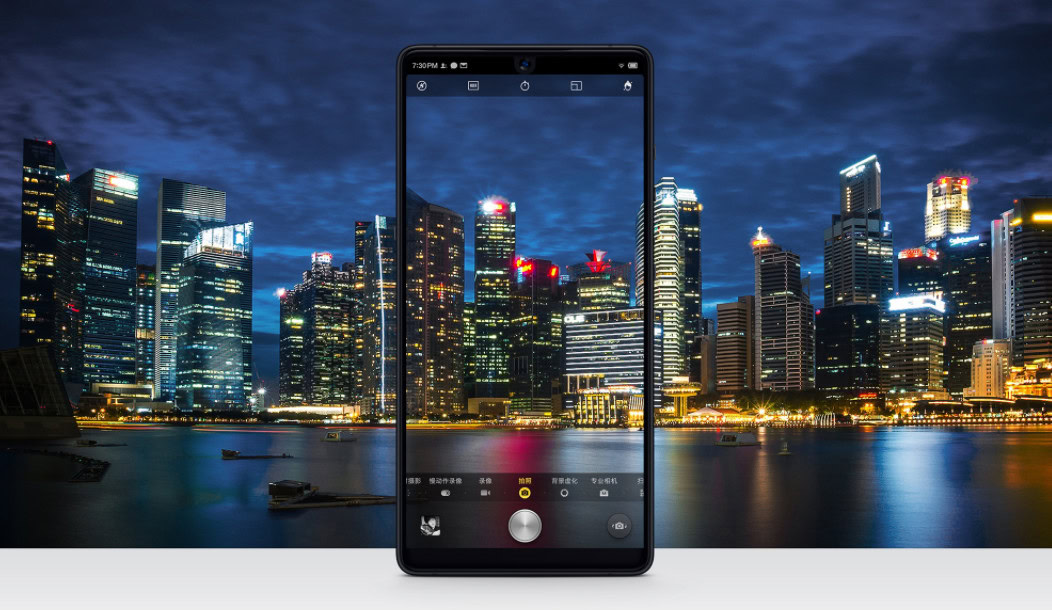
Storage
16GB (2007): 16GB of internal storage was the industry norm for a long time. The first phone with it was almost certainly the first iPhone back in 2007.
32GB (2009): 32GB would eventually replace 16GB as the industry standard for a while. This one is hard to track down, but we think the first phone with it was the Nokia N97.
64GB (2011): It’s difficult to find a phone with this much storage before the iPhone 4S in October 2011. However, one of our readers found the Nokia N9 with 64GB of storage in September 2011.
128GB (2013): The Meizu MX3 had the feature as far back as 2013. We are relatively certain it has first dibs.
256GB (2015): It wasn’t quite the accomplishment of 128GB or the 512GB storage sizes, but the first 256GB smartphone was a special edition of the ASUS Zenfone 2. Technically, it used some marketing tomfoolery to reach that number, but we have Bluetooth dongles and 5G attachments on this list, so we’ll count it here too.
512GB (2018): This one was pretty easy to find. HUAWEI drew first blood with 512GB of storage on its Mate RS Porsche Design device. Even today, 512GB isn’t a super popular option and we don’t see it on a ton of smartphones.
1TB (2018): Samsung drew a lot of attention by announcing the Galaxy S10 would have a 1TB storage option. However, the first phone with it is the Smartisan R1, which launched in late 2018 in China. This is, to our knowledge, the highest available storage on a smartphone right now.
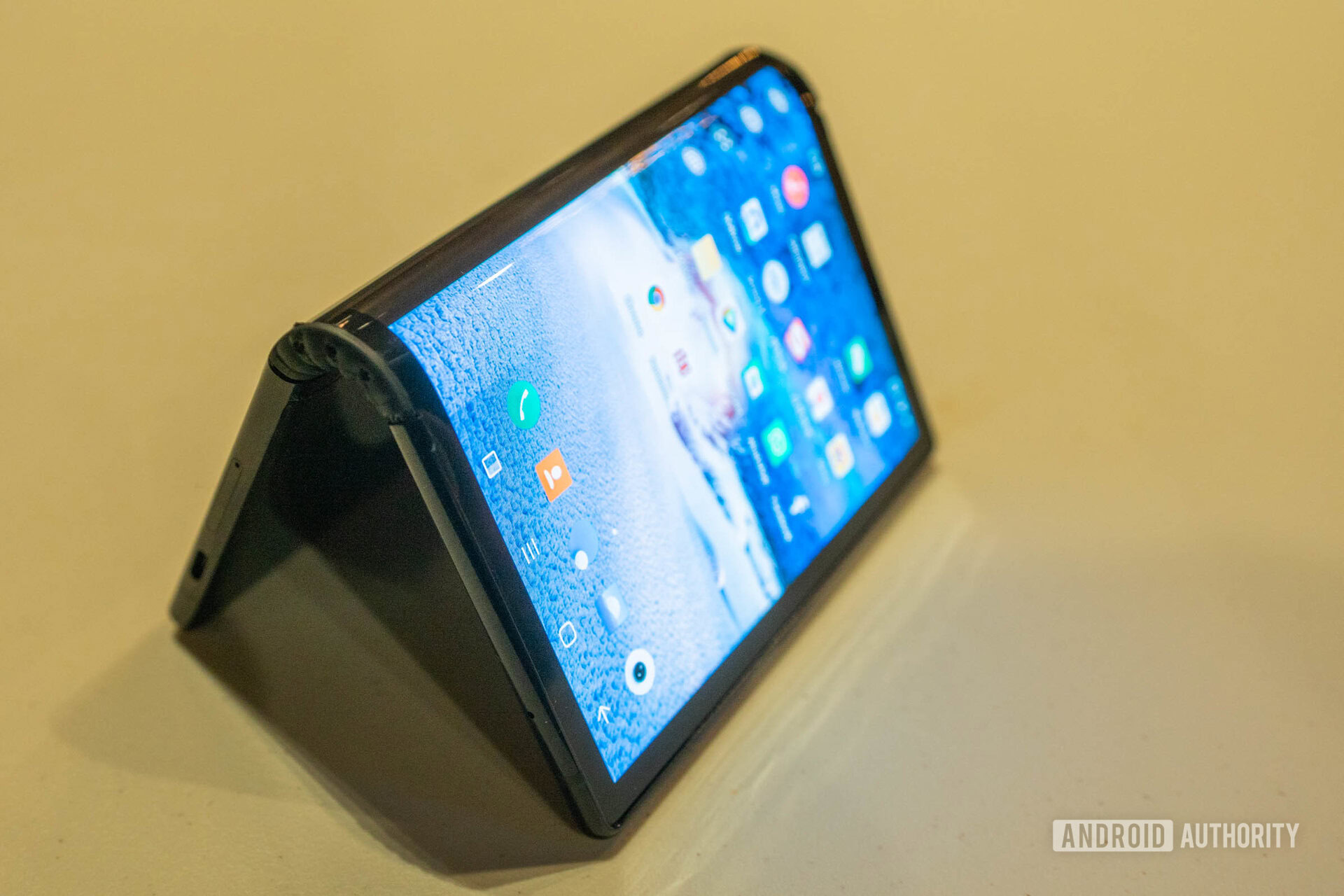
Display
Display technology had a lot of its innovations more recently than others and a lot more quickly. We lived in a pre-HD era until the end of 2011, and almost all of the big stuff in display technology happened after that. We went from 720p HD to 2160p 4k in literally four years. Stuff happens fast in display tech.
Screen type and materials
AMOLED (2008): Believe it or not, Samsung was not the first manufacturer to use AMOLED displays. The Nokia N85 in 2008 beat Samsung’s first AMOLED phone by a few months.
Foldable displays (2018-2020): This relatively new piece of technology and there aren’t a ton of these on the market yet. The Royale with the FlexPai was the first smartphone in the wild with a foldable plastic display in 2018. Samsung struck back with the first foldable glass display with the Samsung Galaxy Z Flip in February 2020.
Curved displays (full-screen curve) (2013): Curved displays are quite common these days, but the first smartphone ever with one was the Samsung Galaxy Round in 2013. LG announced its first curved display, the G Flex, literally 20 days later. The Galaxy Round and G Flex were curved in different ways, one vertically and one horizontally, so we included both on the list.
Curved displays (waterfall style) (2014): The first smartphone with a mostly flat surface that “waterfalls” down the sides of the device was the Samsung Galaxy Note Edge in 2014. It eventually expanded to both sides in a later Note iteration and then Xiaomi completed the effect with the first four-sided waterfall display in February 2021.
3D display (2011): The 3D experiment was short-lived on smartphones and really only includes two phones, the LG Optimus 3D and the HTC EVO 3D. Both phones were announced in early 2011 and launched in mid-2011. However, the Optimus 3D was technically announced first by a few weeks while the EVO 3D launched about a month sooner. The first non-smartphone phone with 3D was the Sharp Mova SH251 iS in 2002.
Capacitive touch display (2006-2007): The first capacitive touch phone was the LG Prada in 2006. It was quickly followed by the first iPhone in 2007. Technically, the LG Prada isn’t a smartphone, it’s a feature phone, so the iPhone takes the cake for the first smartphone with it. However, since they launched within months of each other, we decided to list both.
Corning Gorilla Glass 1 (2007): Corning released its now-iconic Gorilla Glass with the iPhone in 2007 before any other OEM had access to it.
Corning Gorilla Glass 2 (2012): This one was difficult to nail down. Gorilla Glass 2 was announced at CES 2012 with devices expected in mid to late 2012. However, the Samsung Galaxy S3 had it in May of 2012 and we believe it’s first.
Gorilla Glass 3 (2013): Continuing the tradition, the Samsung Galaxy S4 was the first device with Gorilla Glass 3.
Corning Gorilla Glass 4 (2014): Samsung made the first device with Gorilla Glass 4 too, with the Samsung Galaxy Alpha in 2014.
Corning Gorilla Glass 5 (2016): The first smartphone to use Gorilla Glass 5 was the ill-fated Samsung Galaxy Note 7.
Gorilla Glass 6 (2018): The OPPO R17 and OPPO F9 both featured it before any other phone and were announced and released at around the same time.
Gorilla Glass Victus (2020): Corning rebranded their lineup to use words instead of numbers. The seventh iteration of Gorilla Glass, dubbed Victus, debuted on the Samsung Galaxy Note 20 Ultra in August 2020.
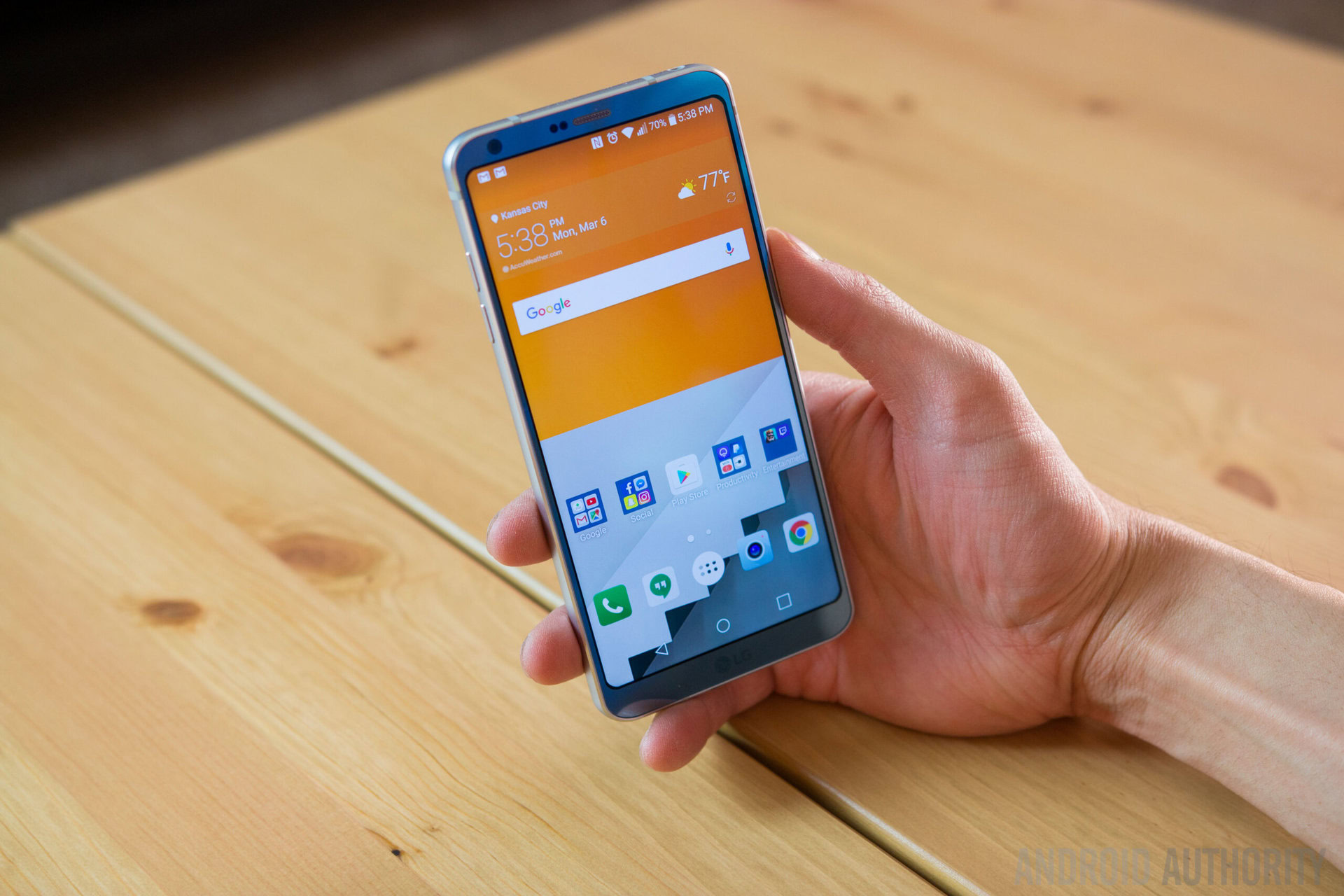
Screen resolutions and refresh rates
720p (HD) (2011): HD displays hit the industry like a wrecking ball, with ten devices getting the feature between November 2011 and January 2012. The HTCRezound made it market first on Nov. 14, 2011, three days before the Samsung Galaxy Nexus on Nov. 17, 2011. However, Samsung beat out HTC by announcing it a month sooner.
1080p (FHD) (2012): The first phone with a 1080p display was the HTCJ Butterfly. You may know this as the HTCButterfly or the HTCDroid DNA.
1440p (QHD) (2k) (2013): The vivo Xplay 3S was the first phone with a QHD display in 2013.
2160p (4k) (2015): It may be a while before 4k resolution is common on the smartphone. However, the Sony Xperia Z5 Premium was the first phone with it all the way back in 2015.
HDR (2016): The first device with an HDR display was most likely the Sony Xperia X in 2016.
Dolby Vision HDR (2017): This one is easy, the LG G6 was the first to support DOLBY Vision HDR in 2017.
90hz refresh rate (2018): 90hz refresh rate displays aren’t quite as popular as its 120hz brethren. However, it’s touted as a way to get a smoother experience without sacrificing so much battery life. The first with the feature was the ASUS ROG Phone released in 2018. However, it limited resolution to 1080p. The OnePlus 7 Pro was the first full-resolution 90hz display on the market in April 2020.
120hz refresh rate (2015): This one is actually quite interesting. The Razer Phone basically popularized the feature. That said, the Sharp Aquos Zeta SH-01H launched in 2015, along with its successor, the SH-02H, with 120hz displays.
144hz refresh rate (2020): Luckily this one is pretty cut and dry. The first smartphone with a 144hz display is the nubia REDMAGIC 5G in March 2020. It’s not available worldwide sadly but it did make it out into the wild, so it counts.
240hz refresh rate (2020): This one is also pretty easy because of how recent it was. The first 240hz display was the Sharp Aquos Zero2, launched in May of 2020.
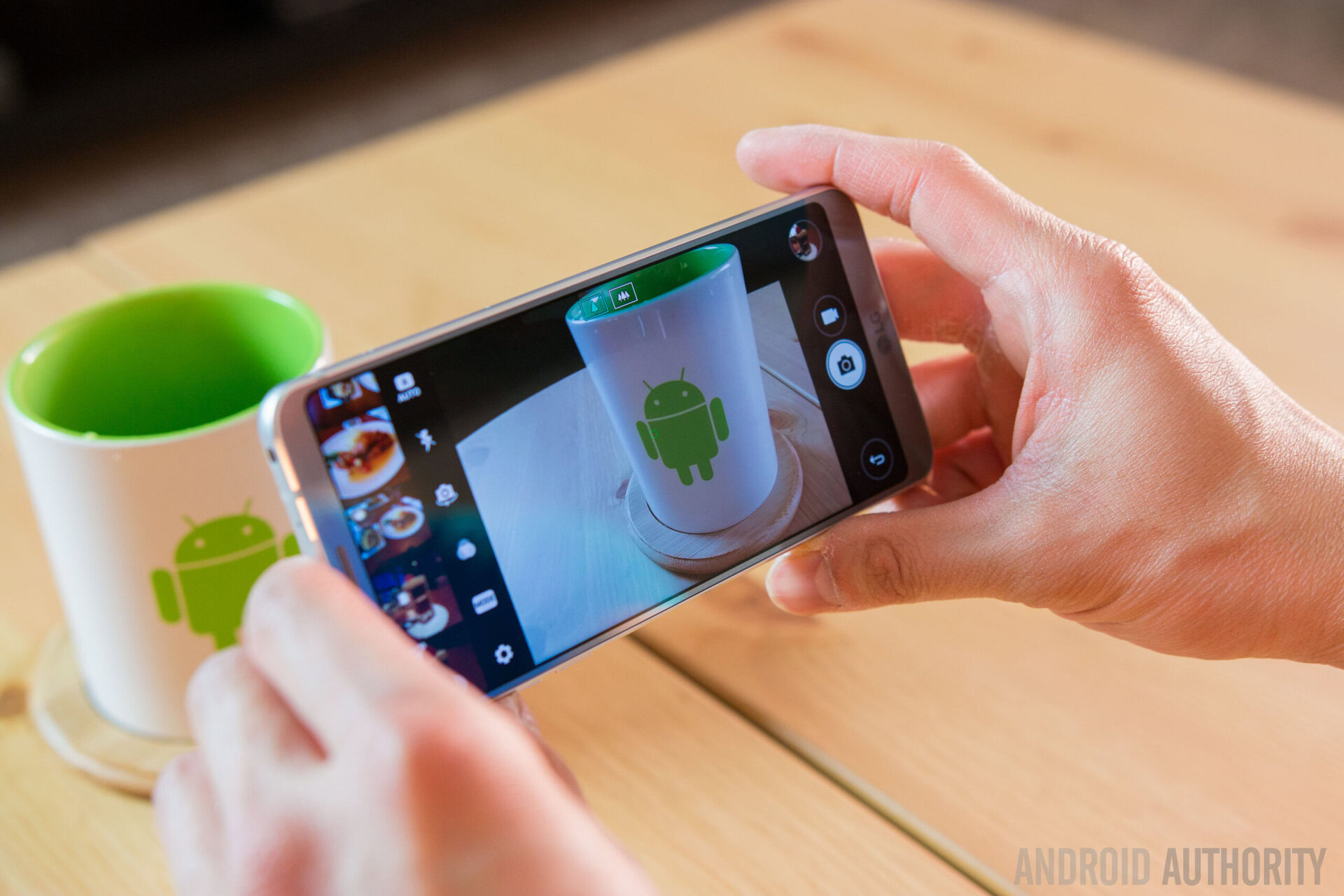
Screen shapes and sizes
18:9 aspect ratio (2017): This relatively newer screen shape usurped the standard 16:9 display in 2017 with the release of the LG G6. This one is special because it was the first to truly deviate from the standard 16:9. From there, OEMs have played with many other aspect ratios, including 19:9 and 19.5:9.
5-inch display (2007): The Samsung Galaxy Note series is famous for popularizing the large display aesthetic we used call a phablet. However, the first 5-inch smartphone was actually the HTC Advantage, a Windows Pocket PC smartphone from 2007.
6-inch display (2012-2013): HUAWEI followed the phablet craze of the early 2010’s with the Ascend Mate, announced in late 2012 and launched in early 2013.
7-inch display (2014): Seven-inch phones are kind of a rarity because 7-inches is around the point where phones become tablets. However, the Samsung Galaxy W sported a display that big back in 2014 and we’re relatively certain it was the first one.
Dual screen smartphone (2010) – The Samsung Continuum holds this first as far as we could tell. It launched in 2010 on Verizon exclusively with a secondary ticker screen below the main screen. Samsung marketed it as a dual AMOLED screen. Consequently, it was also the first with a ticker display, a title often given to the LG V10. It’s an easy mistake to make.
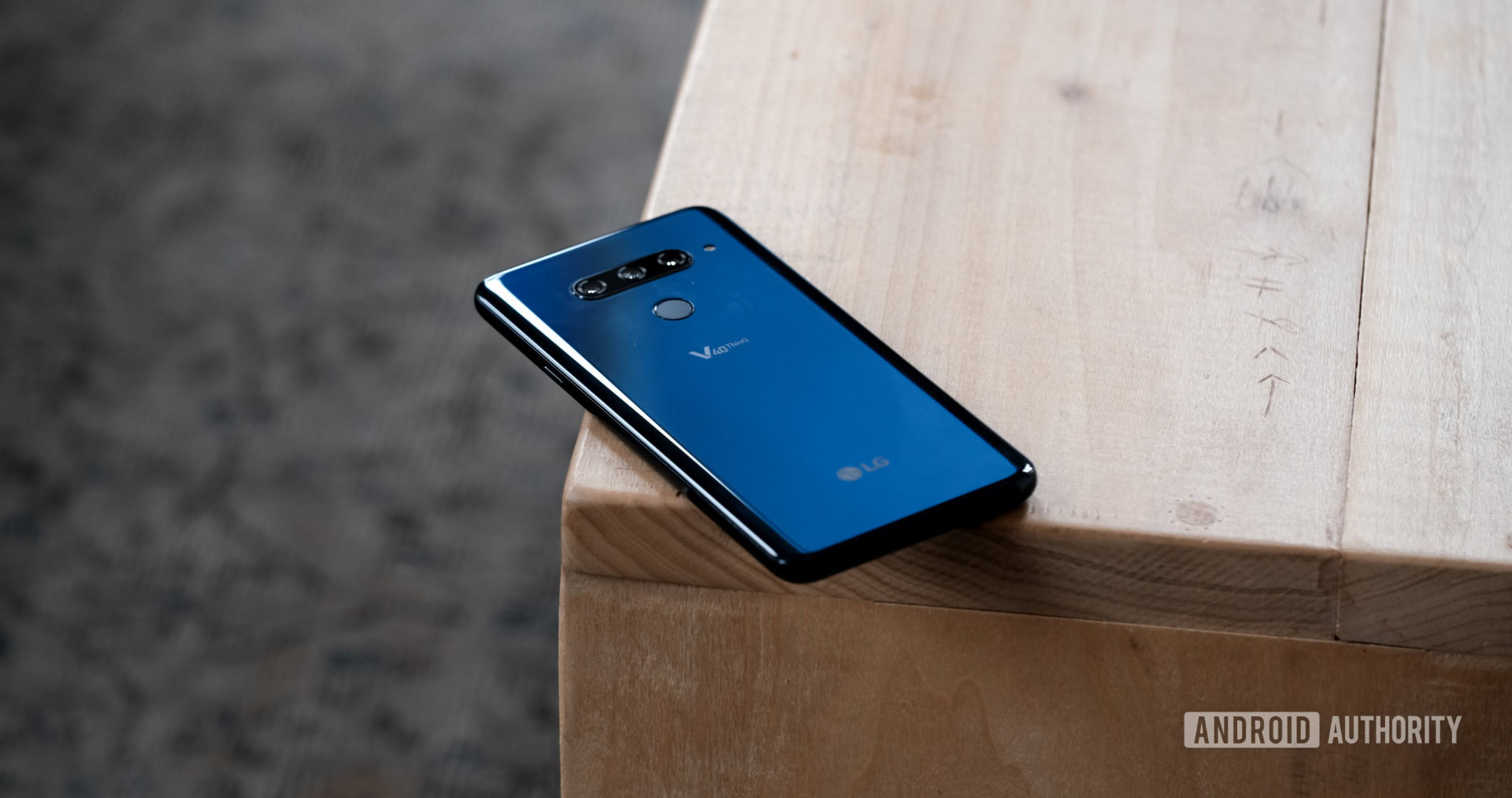
Camera
The smartphone camera has basically killed the point-and-shoot camera industry, and it arguably is moving faster in terms of computational photography than any other type of camera. There were quite a few steps between the first one and now, so let’s take a look.
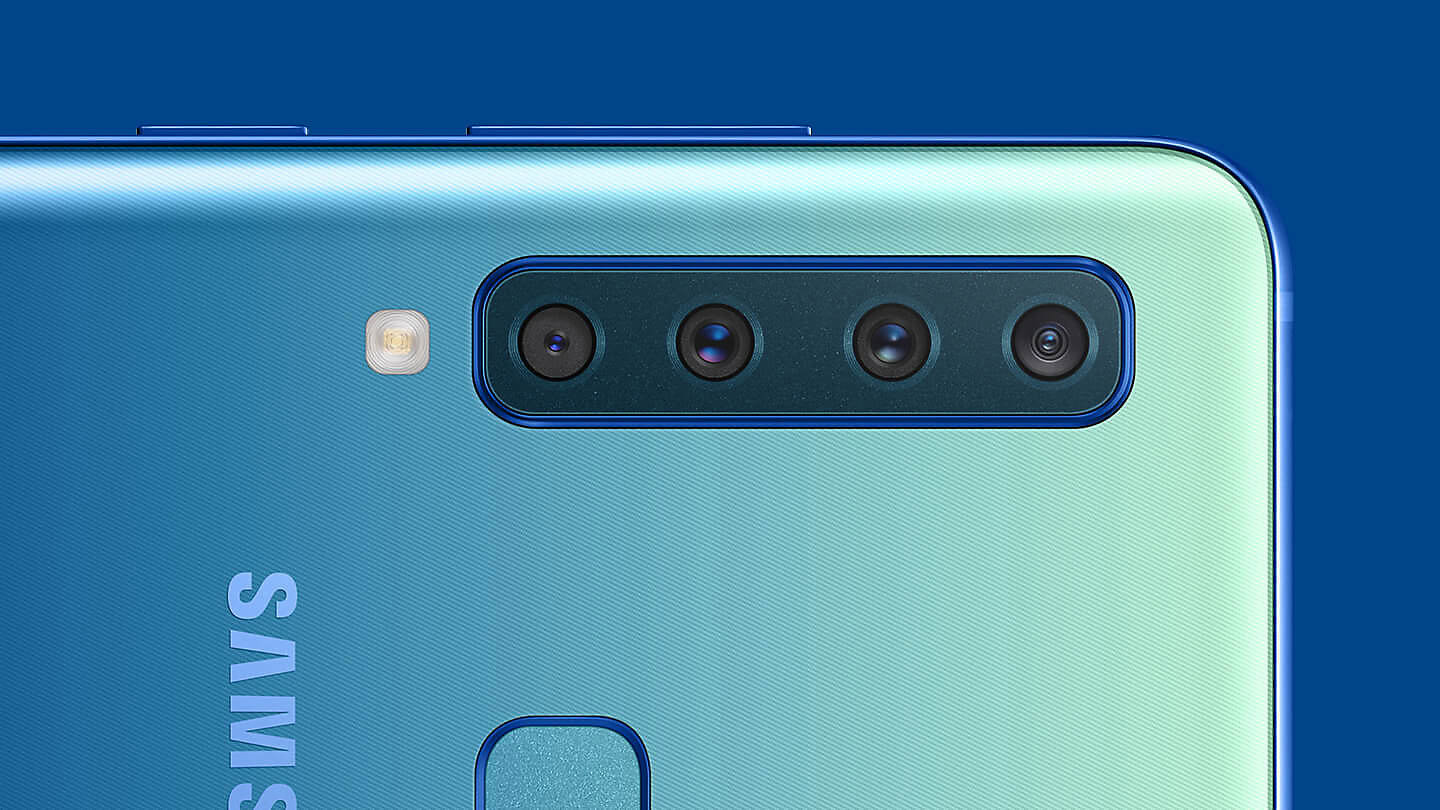
Hardware
First camera (2002): The first feature phone with a camera was most likely the J-Phone from 2000. The first smartphone with the feature was most likely the Nokia 7650 back in 2002. It was also considered the world’s first widely available camera phone.
Selfie camera (2003): Several devices launched in 2003 with a selfie camera. The Motorola A920 was a part of that wave, so it was likely the first smartphone with the feature.
Notch selfie camera (2017): Selfie cameras left the bezel and became part of the screen with the invention of the much maligned notch. The first notch is generally attributed to the Essential Phone. However, the Sharp Aquos S2 was announced just three days earlier. Both phones made it to market eventually, making the Aquos S2 the winner. The iPhone X eventually popularized the notch.
Punch hole camera (2019): This one is an example of how cutthroat the phone industry can be. Samsung announced the existence of punch hole displays in late 2018 and its plans to put them in 2019’s devices. HUAWEI’s sub-brand, HONOR, announced the HONOR View 20 in January 2019, less than a month ahead of the mid-February announcement of the S10-series phones from Samsung. However, it only took Samsung a month to ship the phone (March 2019) versus the six months it took HONOR (June 2019). We’re giving it to both, even if HONOR probably rushed the announcement just for the press.
In-display selfie camera (2020): A company (Visionox) began mass producing the tech in mid-2020. It came close, but the ZTE Axon 20 5G was the first phone announced with the in-display selfie camera on December 3rd, 2020.
Dual camera sensors (and first 3D camera) (2011): This one is pretty cut and dry. The LG Optimus 3D was the first smartphone with a dual camera sensor setup. This was also the first instance of a 3D camera on a smartphone. The Samsung SCH-B710 had a 3D camera back in 2007, but it never launched to the public and we’re not altogether sure it was even a smartphone.
Triple camera sensors (2018): The first triple camera setup belongs to the HUAWEI P20 Pro.
Triple camera sensors with 3 different focal lengths (2018) – The LG V40, for all of its issues, was the first smartphone that had a telephoto, wide-angle, and regular camera lens all on the same phone.
Quad camera sensors (2018): Samsung gets dibs with this one with the Samsung Galaxy A9 in 2018.
Five camera sensors (2018-2019): This one is a little bit interesting. The LG V40 was the first smartphone with five sensors on the whole phone (two front and three back), beating out the Samsung A9 (four rear and one front-facing camera) by about three weeks. However, the Nokia 9 PureView was the first smartphone to have five rear cameras in a single cluster.
Six camera sensors (2019): There are no phones available with a single cluster of six cameras. However, the Samsung Galaxy Fold and the Galaxy S10 Plus are the first phones to our knowledge with six total camera sensors on the whole phone. Both were announced in February 2019, but the Galaxy S10 Plus actually launched in March, giving it first dibs. The Nokia 9 PureView also has six total sensors, but its announcement was less than a week later than the S10 Plus.
First 360-degree camera (2016): The first 360-camera on a smartphone (without an attachment) was a little-known Chinese device called the Protruly Darling.
Photography-focused co-processors (2017): A newer trend in smartphones is a co-processor on the SoC that specifically works to take better pictures. The Pixel 2 and Pixel 2 XL are often given first credit with such a co-processor, namely the Pixel Visual Core in 2017. The Kirin 970 had a similar AI core (called a neural processing unit) in Q4 2017. However, those are both wrong. A reader reminded us that the HTC One S had such a co-processor all the way back in 2012.
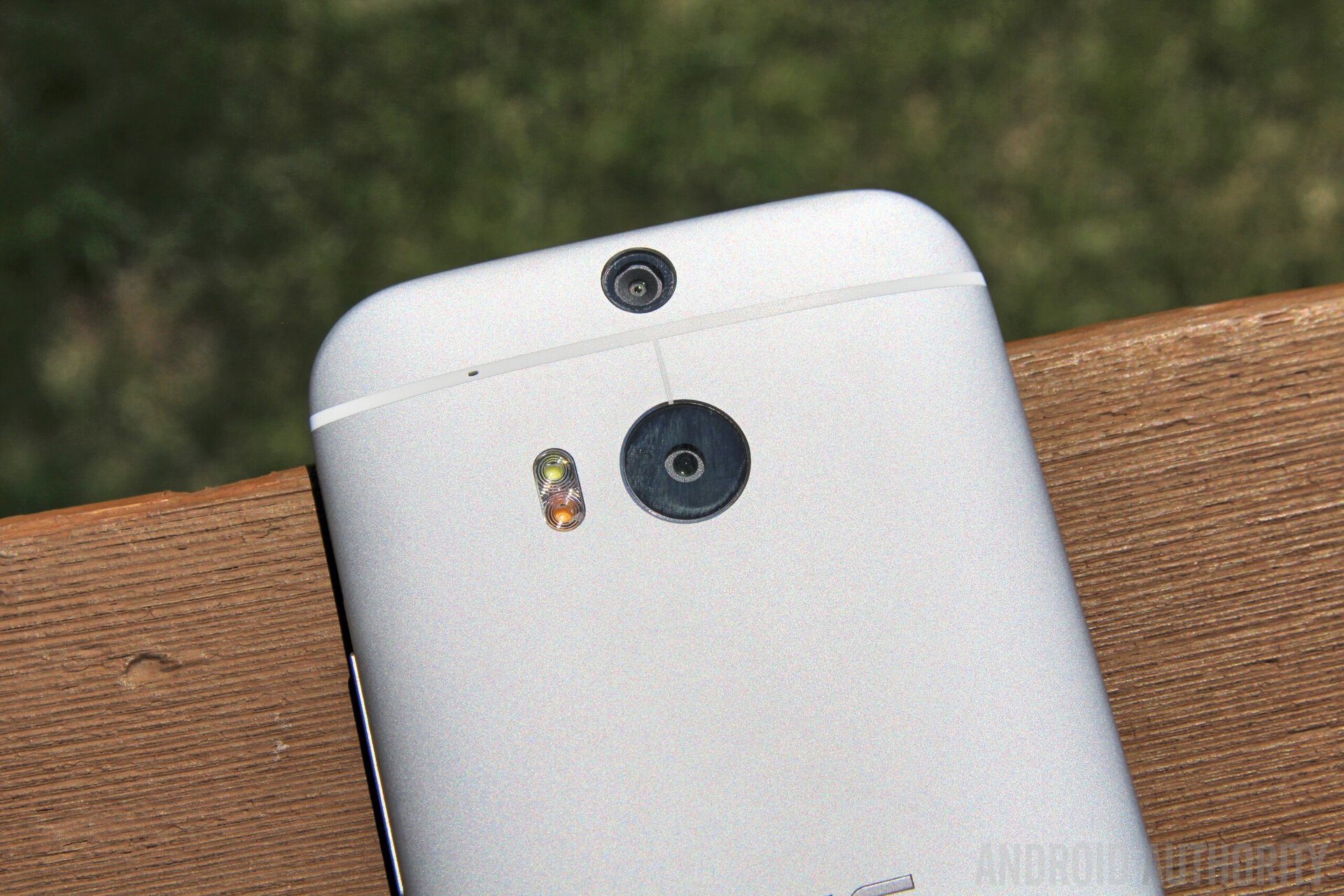
Camera extras
Depth sensor (2014): The HTC One M8 was most likely the first phone with a depth sensor camera. One of its hallmark features was adding a bokeh effect, a feature that was widely considered a gimmick in 2014. It is now one of the most popular and debated features on modern smartphone cameras.
Variable aperture (2009): The Samsung 9-series phones received massive hype for their variable aperture cameras. However, the Nokia N86 8MP did it all the way back in 2009.
Thermal camera (2016): The Cat S60 was the first smartphone with a thermal camera. It launched in 2016.
Flash (2003): The first smartphone with a flash was most likely the Sendo X in 2003. It used an LED flash.
Optical Zoom (2010): This one is a little tough to verify. However, we believe the Altek Leo launched in 2010 with optical zoom first. The Samsung Galaxy S4 Zoom was the first with 10x optical zoom.
OIS (2012-2016): There are actually two phones for this one. The first phone to feature this on any camera on its body was the Nokia Lumia 920 in 2012. However, the HTC 10 was the first to include the feature on both the front and back camera.
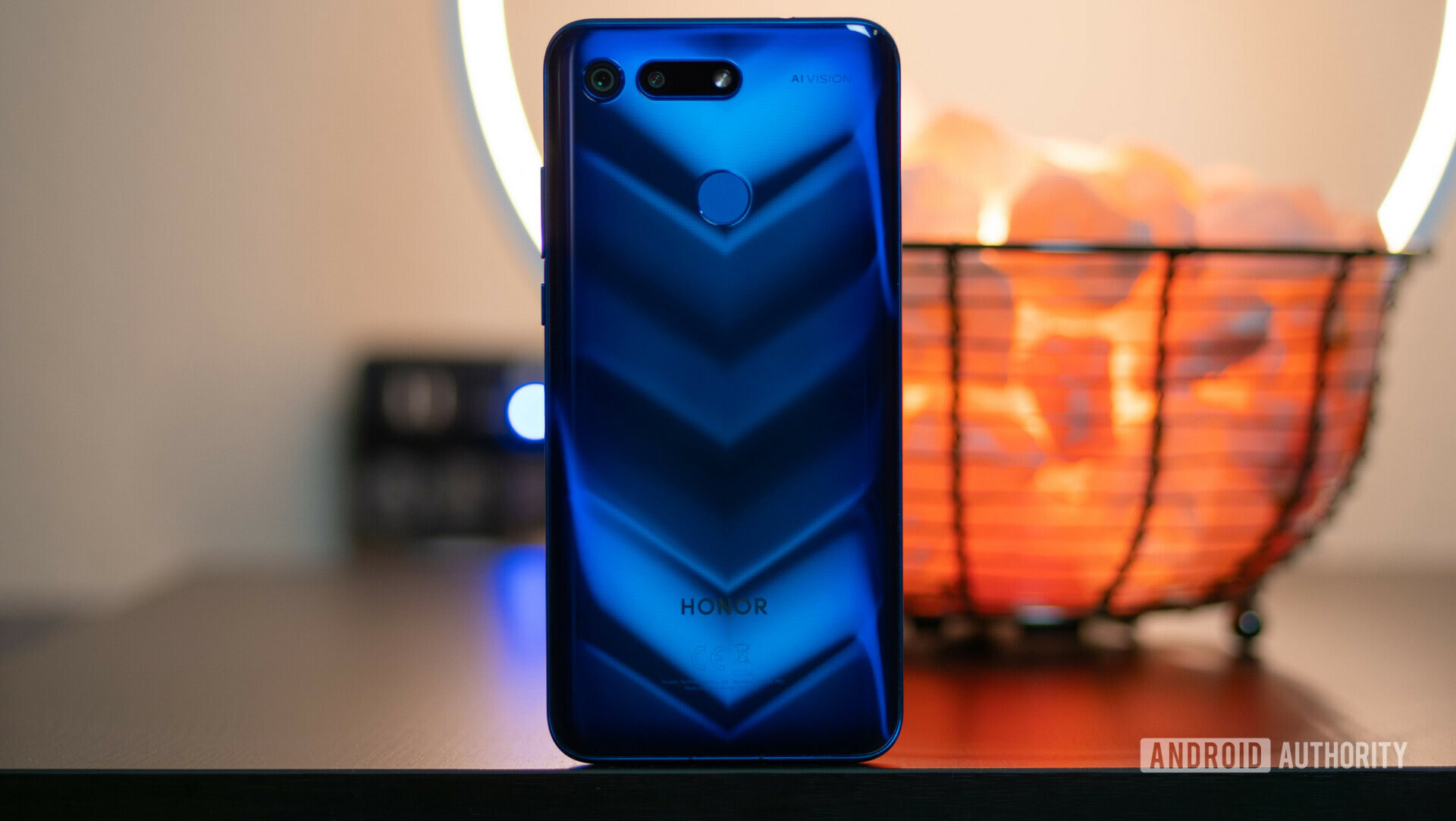
Megapixels
5MP camera (2007): It wasn’t the first phone ever with a 5MP camera, but the Nokia N95 was definitely the first smartphone with at least 5MP.
10MP camera (2009): A few short years later, the Sony Ericsson Satio was the first smartphone with at least 10MP in the camera, sporting a 12MP setup.
15MP-41MP (2012): Nokia essentially stomped the bell curve with the Nokia 808 PureView device in 2012. With its 41MP (38MP effective) camera, it was the first camera with more than 15MP, and its record held for years. The vivo V5 has the distinction of having the first 20MP camera, though.
48MP (2019): The HONOR View 20 is the first smartphone with more than 45MP with its 48MP sensor.
64MP (2019): This one is kind of tricky. Both the realme XT and the Xiaomi’s Redmi Note 8 Pro were announced with 64MP sensors in August 2019. realme XT beat the Redmi Note 8 Pro to the announcement by a few days, but Xiaomi beat Redmi to market by almost three weeks. We’ll give it to both.
108MP (2019): 108MP is the current highest count in a camera currently. Xiaomi kind of wins this twice. The company launched the Mi CC9 Pro in China in November 2019 but launched it as the Mi Note 10 in the rest of the world in December 2019. It’s the same phone, but it was technically launched twice under two different names. It doesn’t matter what you call it, it was the first 108MP camera phone.

Video recording
720p video recording (2009): According to this press release, the Samsung OMNIA (HD) was the first smartphone with 720p recording capabilities.
1080p video recording (2010): A year after 720p recording became a thing, the LG Optimus 2X became not only the first smartphone with a true dual-core processor, but also 1080p video recording.
4k video recording (2013): The Acer Liquid S2 was the first device with a 4k video-capable camera. It managed to sneak in front of about a dozen other devices that would have the feature by year’s end.
6k video recording (2019): This one is fairly entertaining. According to what we could find, the Samsung ISOCELL Bright HMX was reportedly the first mobile phone camera sensor to support 6k recording. The Xiaomi Mi Note 10 ended up with the sensor first in December 2019, which should make it the first 6k recording phone on the market.
8k video recording (2020): This one is kind of a twofer. ZTE launched the nubia REDMAGIC 3 in May of 2019 and it was the first on record with 8k recording. However, it was only at 15fps. Unfortunately, 15fps video is barely usable and thus we think it was just for bragging rights. Qualcomm snuck 8k recording in as a native feature of its Snapdragon 865 chipset. The Galaxy S20 series (the S20, S20 Plus, and S20 Ultra) debuted the chip on the same day, making them the first three phones capable of 8k recording with at least 30fps. This is the peak of the technology at the time of this writing.
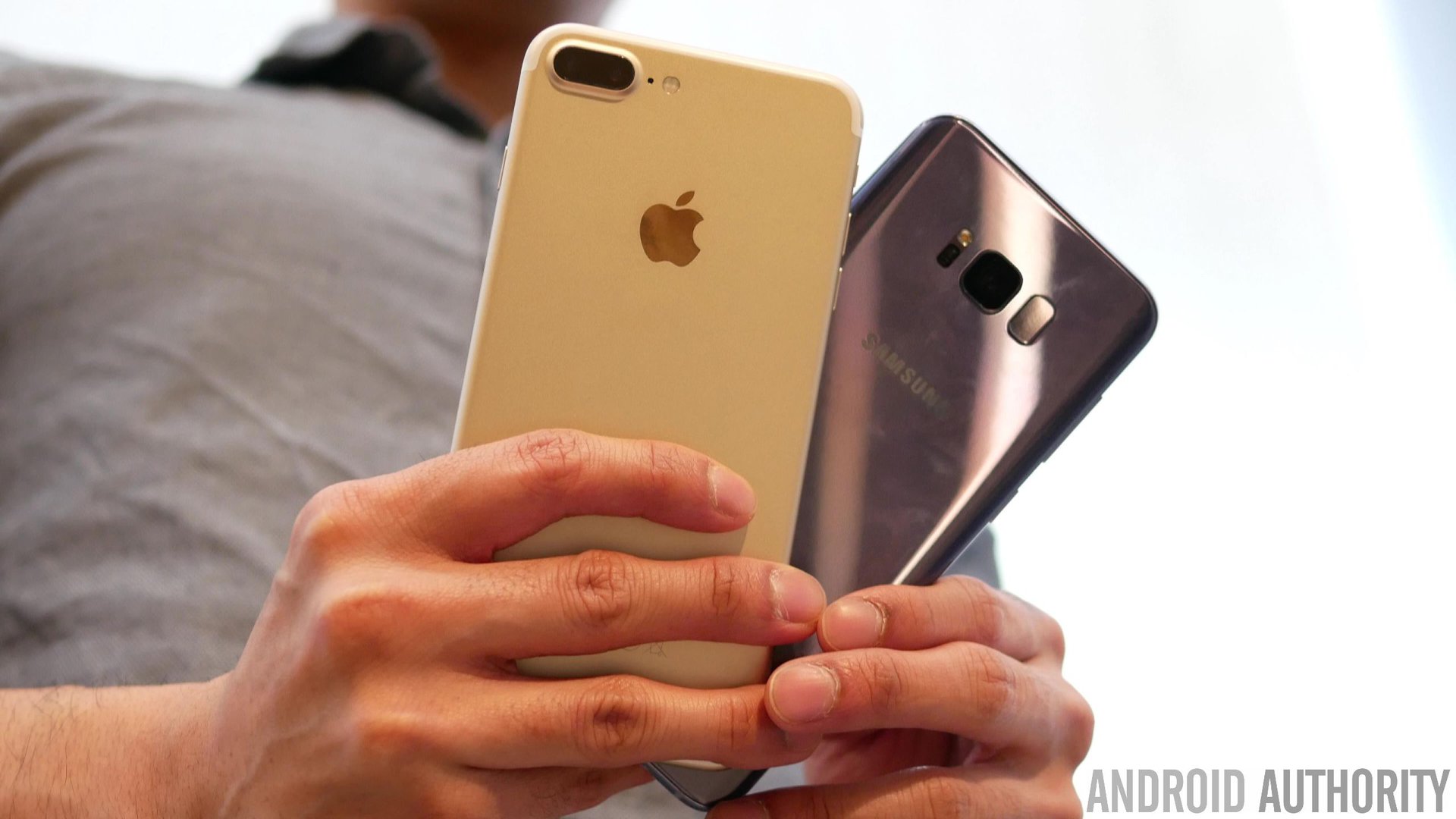
Camera Software
HDR (2010): This one was excruciating to find. We believe the iPhone 4 may have been the first smartphone with the feature after a post-launch software update in 2010. We can’t find even a mention of smartphone HDR on a camera before then.
Portrait Mode (2016): Portrait Mode is a big deal these days and you can thank the iPhone 7 Plus for that. Similar features have existed for years (see the HTCOne M8 above), but Apple was the first to put it all in a smartphone and specifically call it Portrait Mode.
First slow motion (2012): We believe the 2012 Samsung Galaxy Camera was the first smartphone camera with slow motion at 120fps at a resolution of 768 x 512. Sony would wreck that in 2017 with the Sony Xperia XZ smartphone with 960fps slow motion.
Panorama Mode (2007-2009): We may have bit off more than we can chew with this one. We were able to find Android apps with panorama modes as far back as Android 2.1, which launched in 2009. However, Sean King on Twitter stepped up with an assist here and showed us a Nokia app on Symbian from 2007 with the Panorama feature. Here is a link to the article.
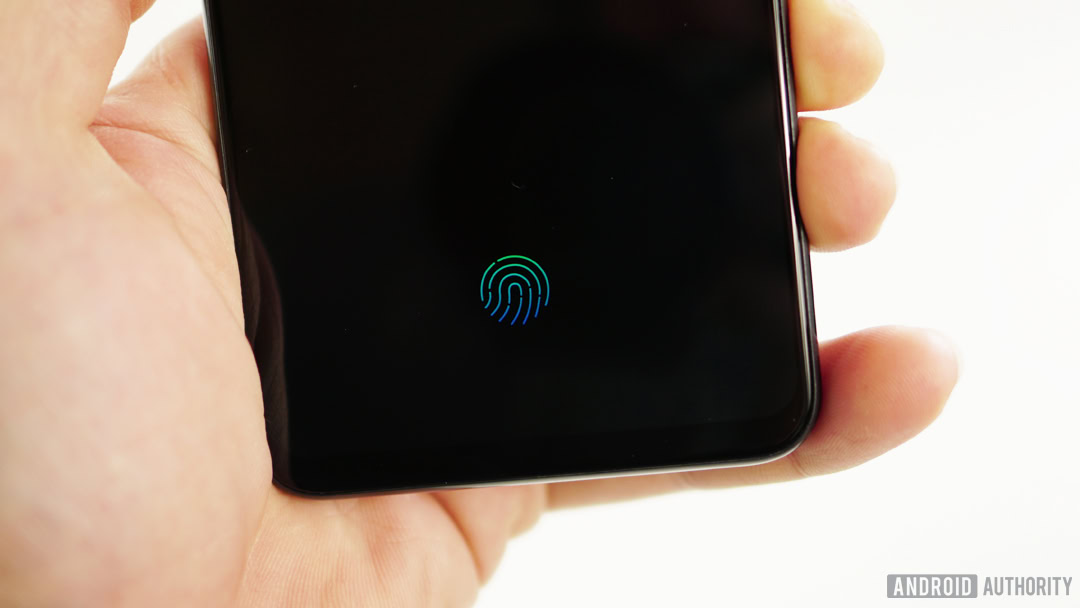
Miscellany
These are hardware features that don’t fit into any of the above categories. Here you’ll find security stuff like the fingerprint sensor, the infrared sensors controlling your TV, and other such things. These features come and go. Some of them are rather interesting.
Fingerprint sensor (2007): This is often given to the Motorola Atrix. However, the Toshiba Protege G900 and G500 (Windows Mobile) offered the feature in 2007. The Pantech GI100 was the first feature phone with it back in 2004.
In-display fingerprint sensor (2018): It took over 10 years, but fingerprint sensors went under the display for the first time with the vivo X20 Plus UD in early 2018. The vivo Nex is also a part of that conversation. Both phones were more or less announced at CES 2018, but the X20 Plus made it to market first.
Infrared (2000-2002): This one is a bit tricky. Newer smartphones had infrared to connect to your home internet. We believe the Nokia 9210 Communicator was the first with one of those. The first with the more typical IR blaster was most likely the Treo 180 back in 2002.
FM radio (2003): FM radio has been around on smartphones forever, but we are fairly certain the Siemens SX1 was the first one with it back in 2003.
Wireless (inductive) charging (2010-2012): This wasn’t as cut and dry as we thought. The first phone with inductive charging with the Qi standard was the Lumia 920 in 2012. However, Palm had the Touchstone, which worked with devices as far back as the Palm Pre Plus in 2010.
Water resistance (IPx8) (2013): The first smartphone we could find with a real, actual IPx8 rating was the Sony Xperia Z1, with an IP58 rating back in 2013.
Dust resistance (IP6x) (2011): The first truly dust resistance phone was the Casio G’zOne Command with an IP67 rating in 2011.
First phone with a stylus (1994): We return to our roots with the IBM Simon in 1994. It came with a stylus and you had to use it if you wanted to do anything on its screen.
QWERTY Keyboard (hardware) (1996): The original Nokia Communicator 9000 had a QWERTY keyboard all the way back in 1996.
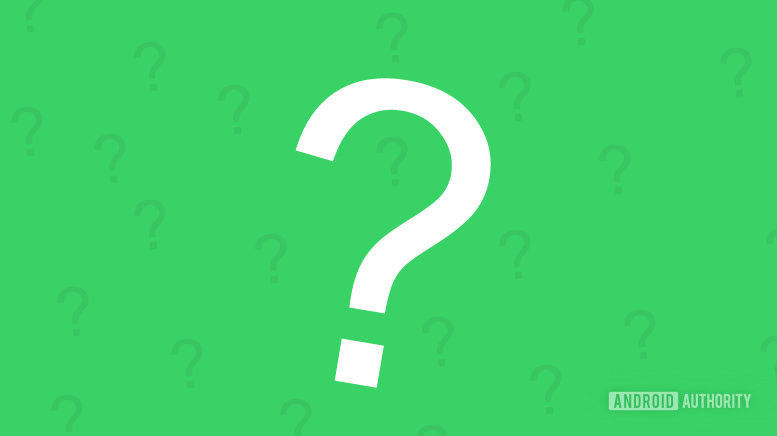
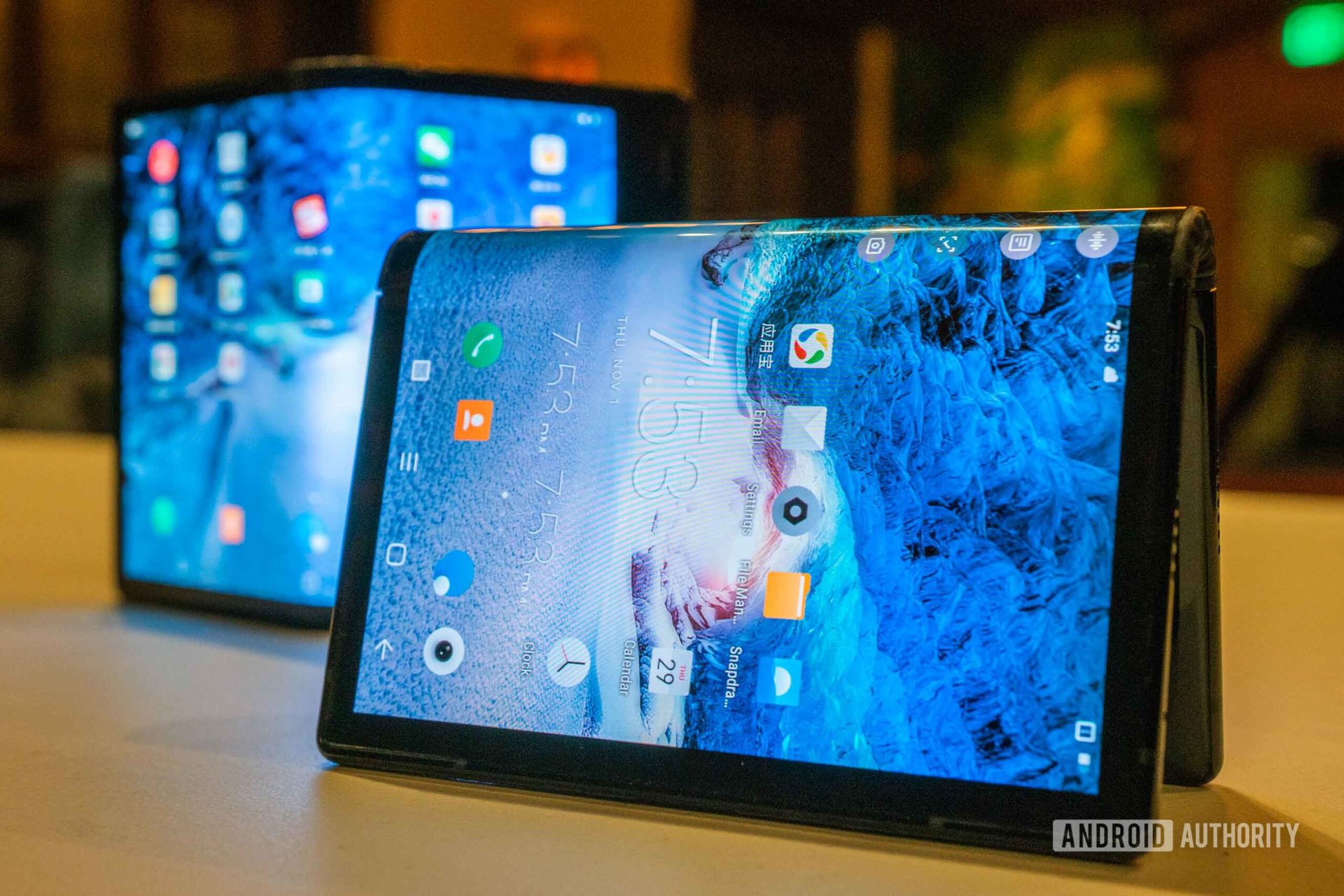
If we missed any great smartphone firsts, or if we got something wrong, tell us in the comments (with source links if possible). It’s been an exciting first 25 years in the smartphone industry. Here’s to 25 more!